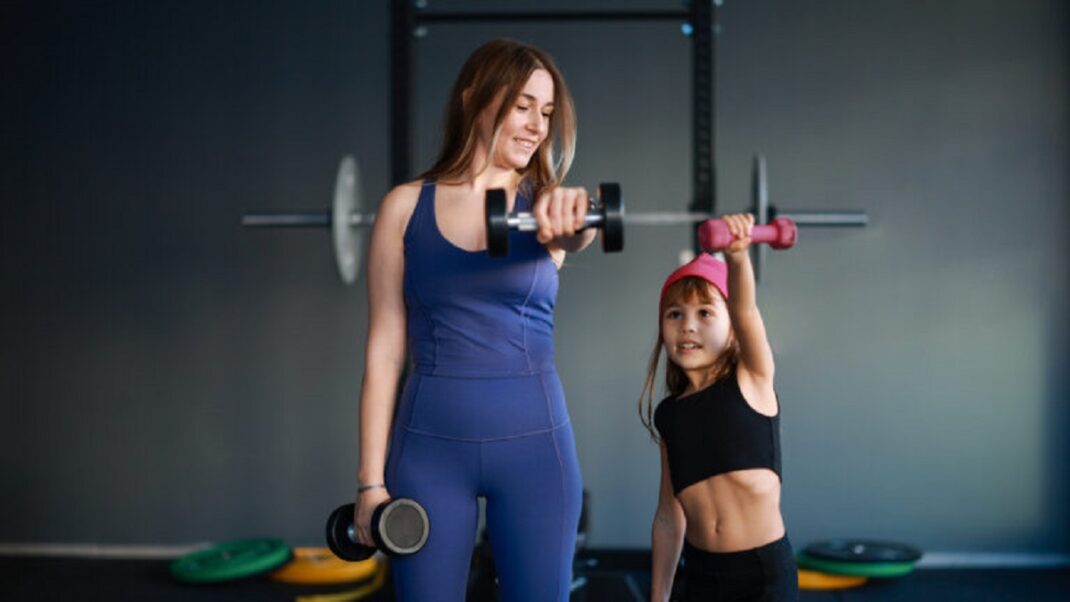Strength That Moves: Why Kids Need Power for Sport

Strong kids move better. Research shows that youth resistance and neuromuscular training can significantly improve sprinting, jumping, and change-of-direction skills, while also lowering the risk of sport-related injuries when paired with proper warm-ups and coaching (Behm et al., 2017). These gains are not just about building muscle; they enhance movement quality, coordination, and long-term athletic development.
For multi-sport athletes, strength training acts like glue, supporting endurance and speed without the need for high-volume sessions. Studies suggest that shorter, well-structured workouts may be more effective than marathon gym sessions, helping kids avoid fatigue while still improving key performance traits (Lloyd et al., 2014). This approach is particularly important during busy sport seasons when time and energy are limited.
The benefits of youth strength training go beyond physical performance. Stronger, more resilient athletes are better equipped to stay healthy, confident, and engaged in their activities. By integrating strength and neuromuscular training into regular practice, coaches and families can set kids up for success across multiple sports, laying the groundwork for both immediate performance and lifelong fitness.
References
Behm, D. G., Alizadeh, S., Hadjizadeh Anvar, S., Mahmoud, M. M. I., Ramsay, E., Hanlon, C., & Cheatham, S. W. (2017). Neuromuscular training for youth. Journal of Functional Morphology and Kinesiology, 2(4), 40. https://doi.org/10.3390/jfmk2040040
Lloyd, R. S., Faigenbaum, A. D., Stone, M. H., Oliver, J. L., Jeffreys, I., Moody, J. A., Brewer, C., Pierce, K. C., McCambridge, T. M., Howard, R., Herrington, L., Hainline, B., Micheli, L. J., Jaques, R., Kraemer, W. J., & Myer, G. D. (2014). Position statement on youth resistance training: The 2014 International Consensus. British Journal of Sports Medicine, 48(7), 498–505. https://doi.org/10.1136/bjsports-2013-092952





